| WikiProject | Requested articles | Assessment | Vital articles | Members | Noticeboard | Recognized content | To do | Portal |
Haiti (/ˈheɪti/ ⓘ HAY-tee; French: Haïti [a.iti]; Haitian Creole: Ayiti [ajiti]), officially the Republic of Haiti (French: République d'Haïti; Haitian Creole: Repiblik d Ayiti), and formerly known as Hayti, is a country on the island of Hispaniola in the Greater Antilles archipelago of the Caribbean Sea, east of Cuba and Jamaica, and south of The Bahamas and the Turks and Caicos Islands. It occupies the western three-eighths of the island which it shares with the Dominican Republic. To its south-west lies the small Navassa Island, which is claimed by Haiti but is disputed as a United States territory under federal administration. Haiti is 27,750 km2 (10,714 sq mi) in size, the third largest country in the Caribbean by area, and has an estimated population of 11.4 million,0 making it the most populous country in the Caribbean and the 5th most populous country in North America. The capital is Port-au-Prince. Haiti's first century of independence was characterized by political instability, ostracism by the international community, and the payment of a crippling debt to France. Political volatility and foreign economic influence in the country prompted the United States to occupy the country from 1915 to 1934. Following a series of short-lived presidencies, François 'Papa Doc' Duvalier took power in 1957, ushering in a long period of autocratic rule continued by his son, Jean-Claude 'Baby Doc' Duvalier, that lasted until 1986; the period was characterized by state-sanctioned violence against the opposition and civilians, corruption, and economic stagnation. After 1986, Haiti began attempting to establish a more democratic political system. (Full article...) Selected article -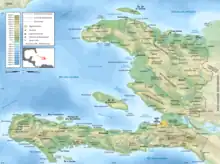 Haiti today Slavery in Haiti began after the arrival of Christopher Columbus on the island in 1492 with the European colonists that followed from Portugal, Spain and France. The practice was devastating to the native population. Following the indigenous Tainos' near decimation from forced labor, disease and war, the Spanish, under initial advisement of the Catholic priest Bartolomé de las Casas and with the blessing of the Catholic church, began engaging in earnest during the 17th century in the forced labor of enslaved Africans. During the French colonial period, beginning in 1625, the economy of Saint-Domingue (today Haiti), was based on slavery; conditions on Saint-Domingue became notoriously bad even compared to chattel slavery conditions elsewhere. The Haitian Revolution of 1791-1803, became the only successful slave revolt in human history, and precipitated the end of slavery not only in Saint-Domingue, but in all French colonies. However, this revolt has only merited a marginal role in the histories of Portuguese and Spanish America. Moreover, it is to this rebellion in Haiti that the struggle for independence in Latin America can be traced to. However, several Haitian leaders following the revolution employed forced labor, believing a plantation-style economy was the only way for Haiti to succeed, and building fortifications to safeguard against attack by the French. During the U.S. occupation between 1915 and 1934, the U.S. marines forced Haitians to work building roads for defense against Haitian resistance fighters. (Full article...)Did you know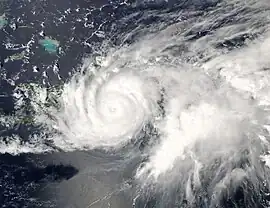
CategoriesCategory puzzle Select [►] to view subcategories
Haiti Haiti-related lists Buildings and structures in Haiti Haitian culture Economy of Haiti Education in Haiti Environment of Haiti Geography of Haiti Government of Haiti Health in Haiti History of Haiti Organizations based in Haiti Haitian people Politics of Haiti Society of Haiti Haiti stubs Selected picture Riot in Port-au-Prince. General imagesThe following are images from various Haiti-related articles on Wikipedia.
Related portalsRelated portals and portals of neighbouring countries:
TopicsRecognized content
Featured articlesFeatured listsGood articles
Featured pictures
WikiProjectsGeographical:
History and Society:
Things you can do
In the newsOctober 2019: The 2018–19 Haitian protests have challenged Jovenel Moïse's government as more becomes known about the Petrocaribe Affair. Associated WikimediaThe following Wikimedia Foundation sister projects provide more on this subject:
Discover Wikipedia using portals
| ||||||||||
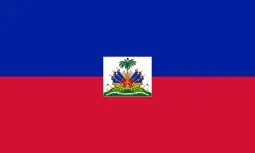
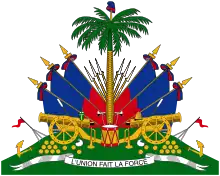

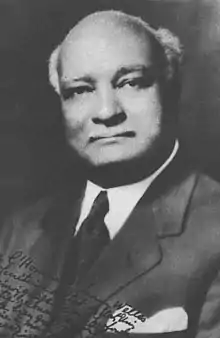
_(15629128676).jpg.webp)

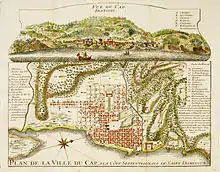
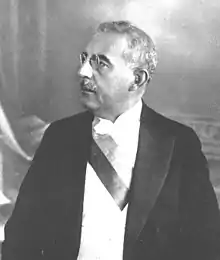
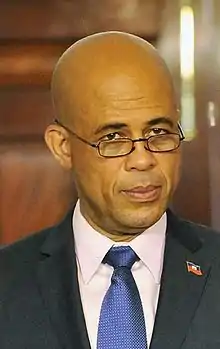
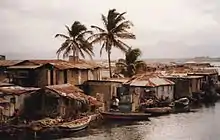
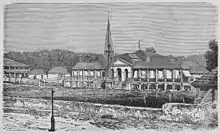
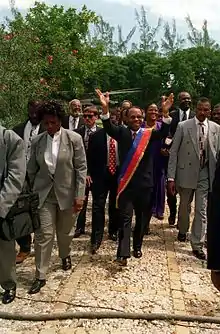
.jpg.webp)

.jpg.webp)
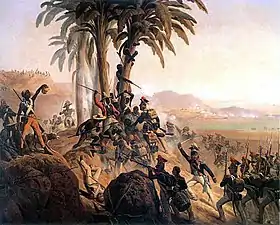
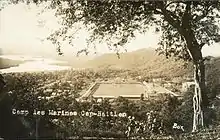

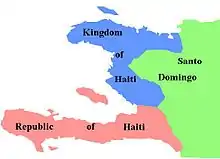
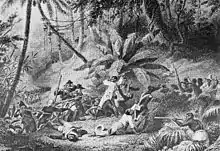
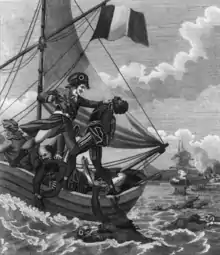

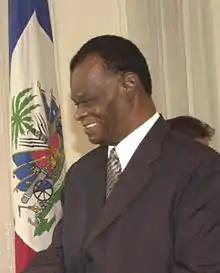
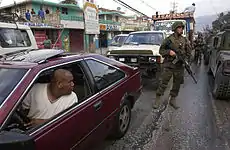
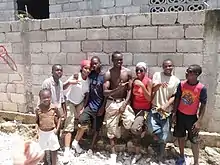
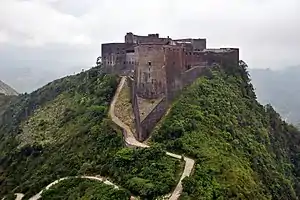
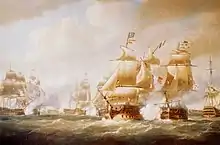
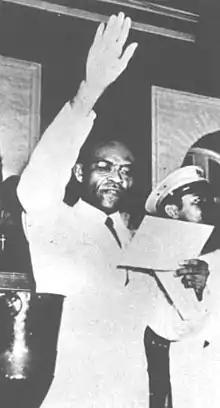
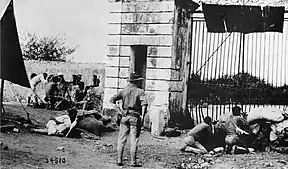
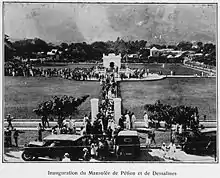
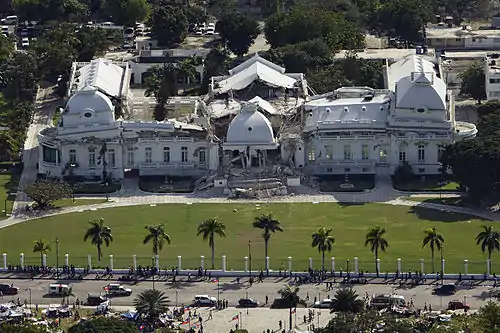
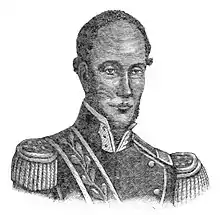

.jpg.webp)
_Portrait.jpg.webp)

.jpg.webp)
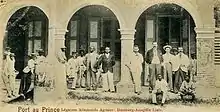
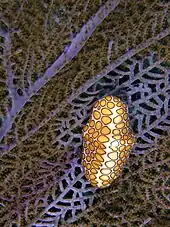
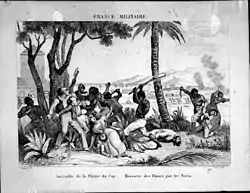

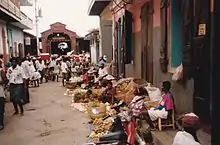
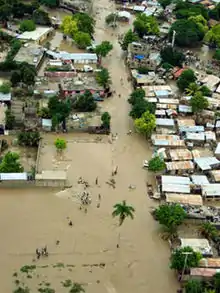
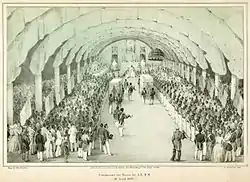
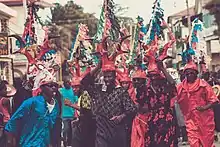

.jpg.webp)

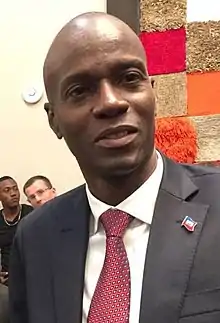

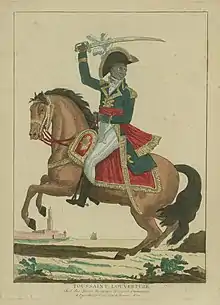
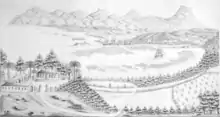
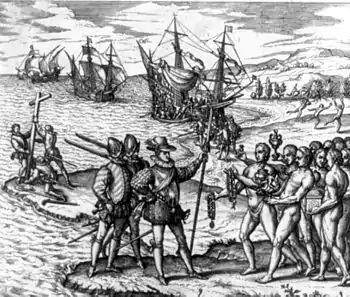
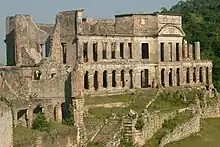
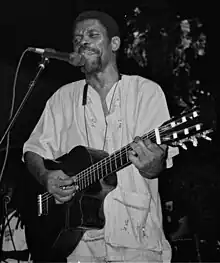
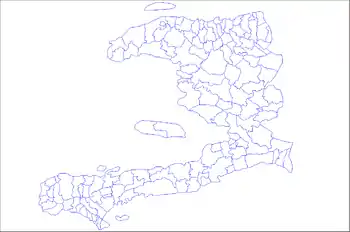
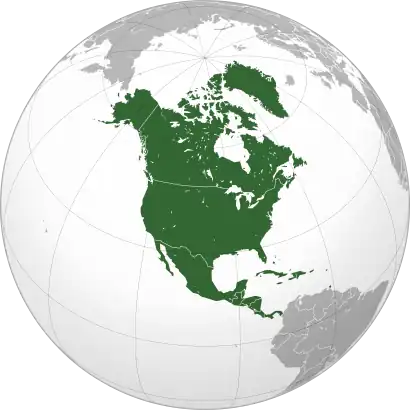
.jpg.webp)
_entire_colony.jpg.webp)
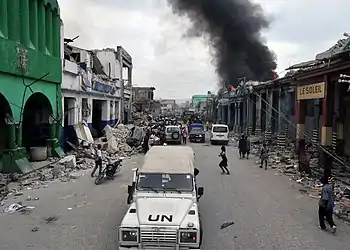
.jpg.webp)
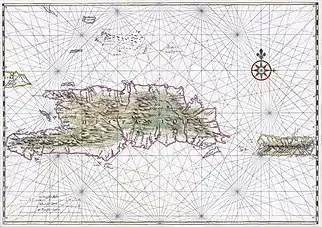
_-_Google_Art_Project_2.jpg.webp)
_edit.jpg.webp)
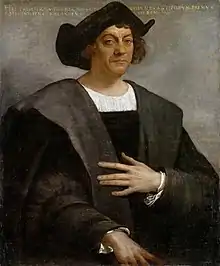
_edit.jpg.webp)
_and_Echinometra_viridis_(Reef_Urchin_-_bottom).jpg.webp)
